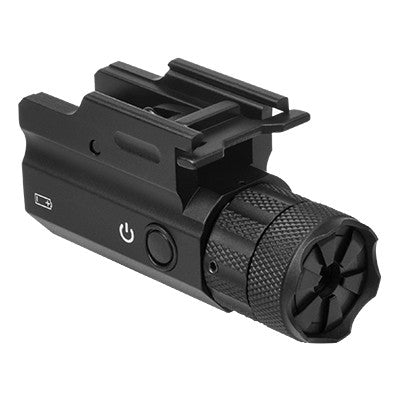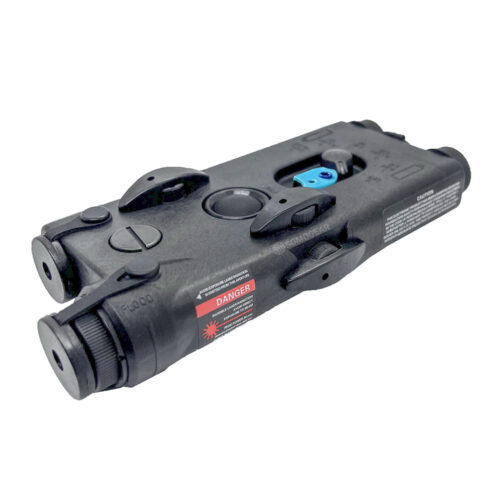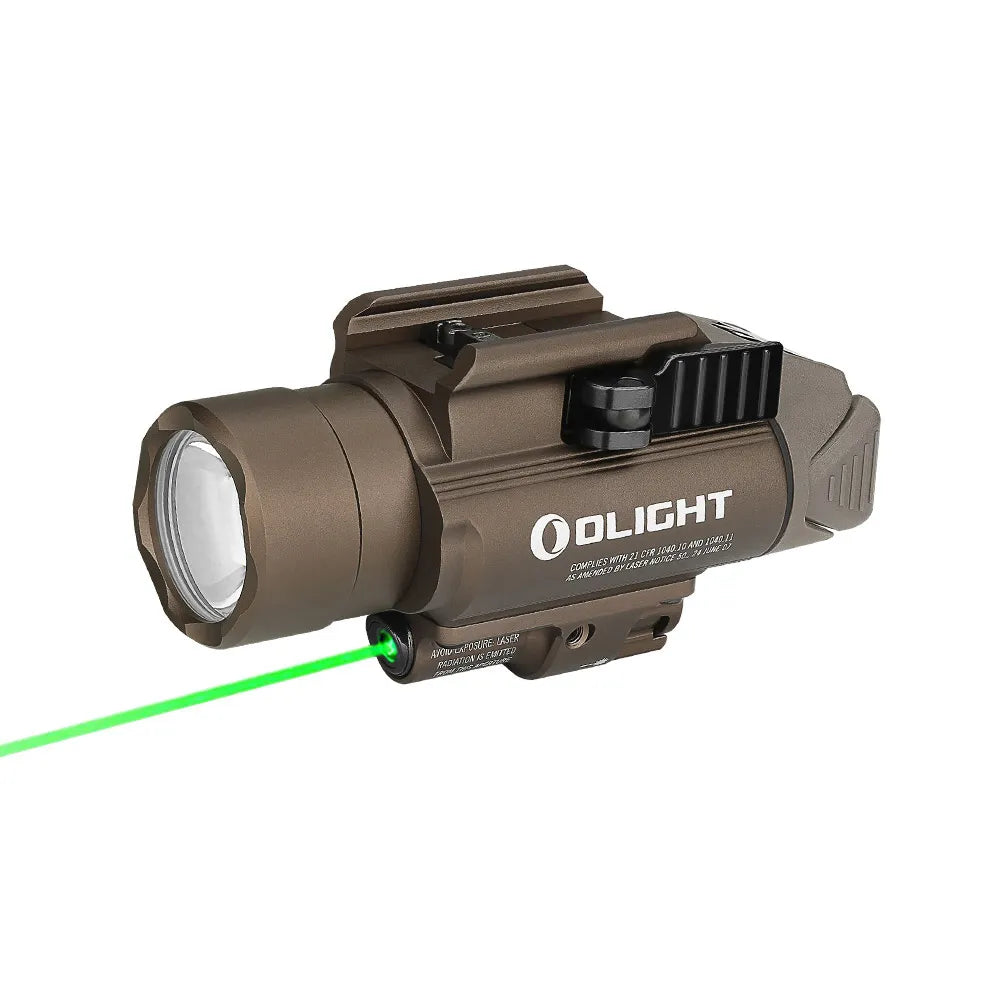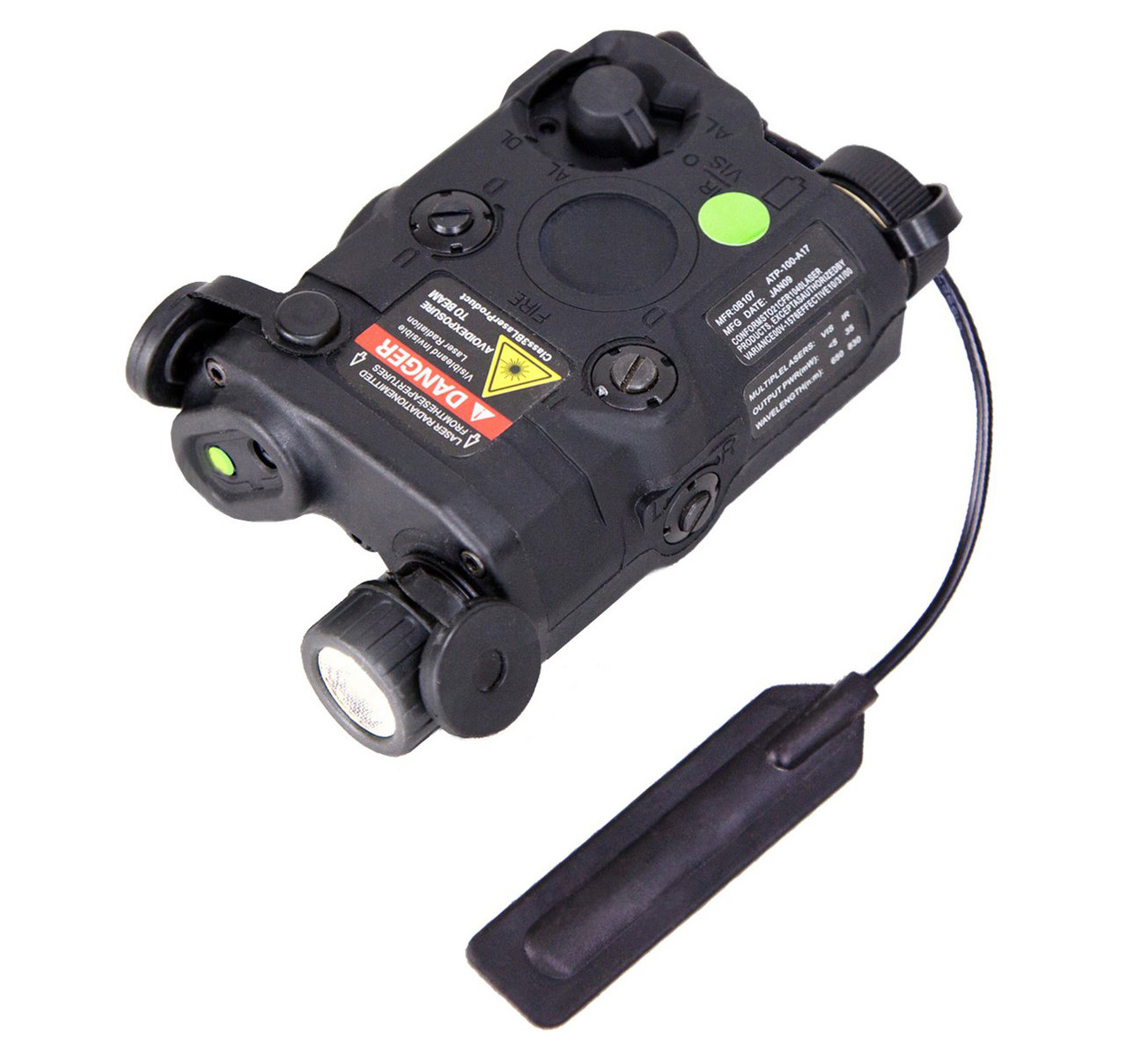
Amazon.com : Tacticon Laser Sight | Rifle Handgun | Weaver or Picatinny Rail | Red Dot Ler Sight Pistol | Tactical Sights Airsoft | Laser Sight | Scope Hand Gun Rifles

Amazon.com : TTAS Tactical Green Laser, Compact Laser Sight Fits Gun of Standard Picatinny Rail Low Profile Pistol Green Dot Sight Rechargeable Handgun Laser Tactical Sights Airsoft Laser Pointer Pistol : Sports

WADSN Tactical Mini Dbal-A2 Metal Green Dot IR Laser Weapon Flashlight Airsoft DBAL LED Laser Light Illuminator - US Airsoft, Inc.
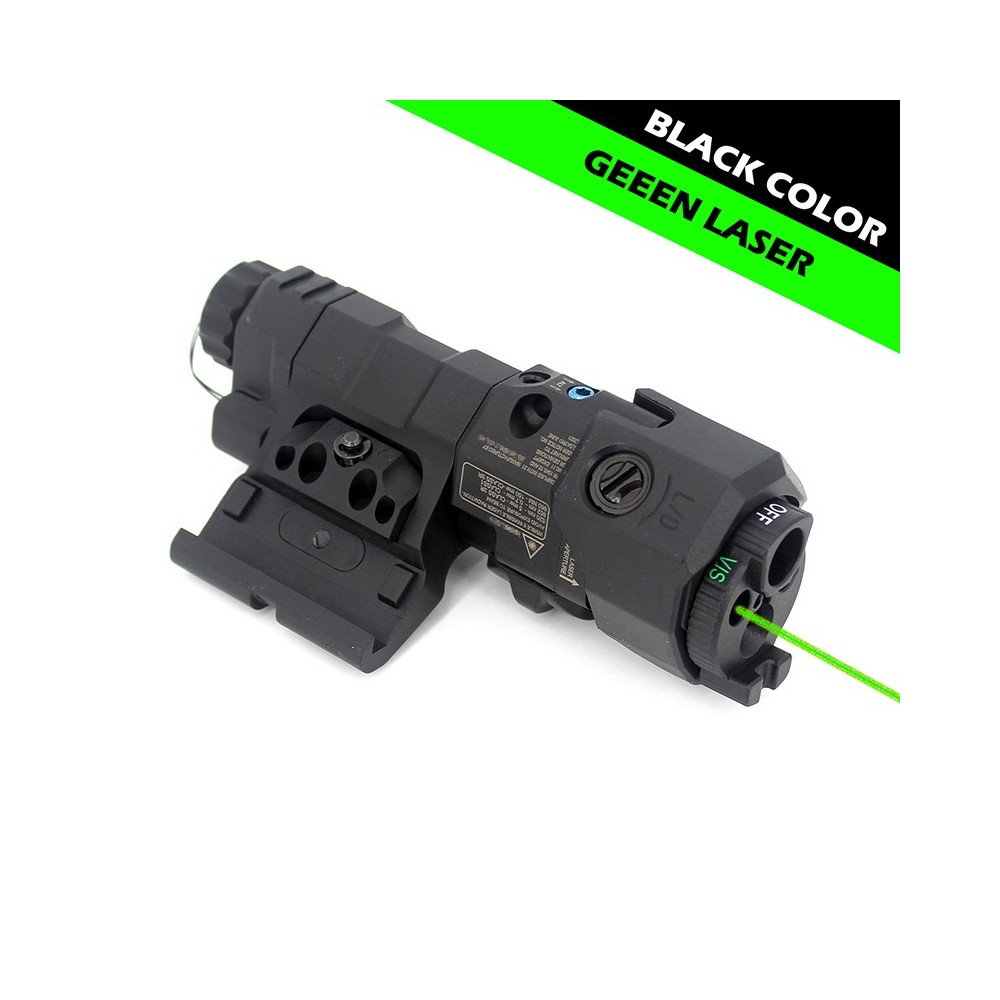
MAWL-C1+ Laser Aiming Device With VIS LED/VIS LASER/IR LASER/IR LED Replica For Milsim Airsoft Nylon 2022Ver. Upgraded Mawl Laser GREEN LASER & BLACK

Ip68 Waterproof Green Laser Pointer Sight With Picatinny Rail Remote Switch Rifle Airsoft Laser Scope For Ar15 Ak 47 Hunting - Hunting Lasers - AliExpress

Amazon.com: Urstac Laser Sight for Pistol,550 Lumens Gun Laser Light Combo, LED Tactical Flashlight Laser, 5 Modes Airsoft Gun Light Laser Combo,Pistol Green Laser Sight for Outdoor Hunting Defense Training : Sports
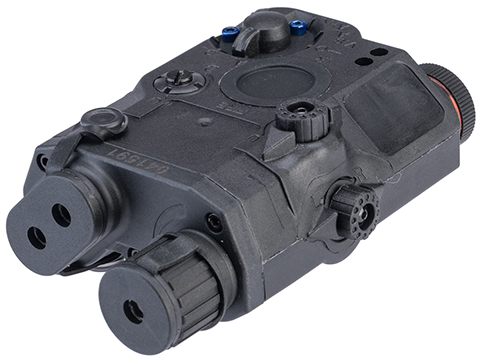
Element WDX003 LA-5C PEQ15 Blue Laser and Flashlight (Color: Black), Accessories & Parts, Mock PEQ Units - Evike.com Airsoft Superstore

CRX Laser Module Green Laser (Big Dragon) - Laser Sights - Optics and Target Acquisition - Airsoft Online shop - airsoftzone.com

SEIGNEER Airsof Lazer LA-5C PEQ 15 UHP IR Green Laser flashlight Softair Tactical Airsoft Rifle GUN weapon light for hunting
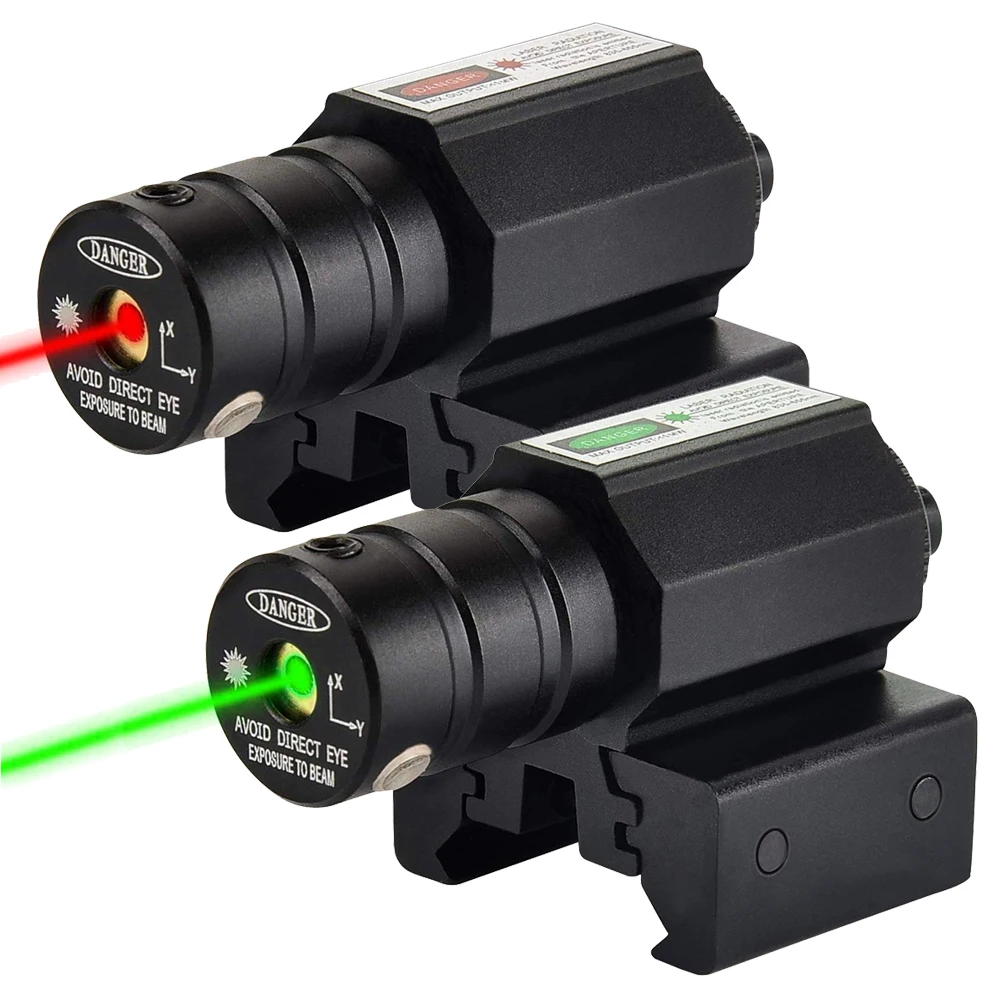
Tactical Red Green Dot Laser Sight Scope 11mm 20mm Adjustable Picatinny Rail Mount Rifle Pistol Airsoft Laser with Batteries

